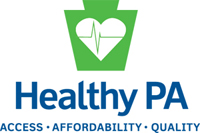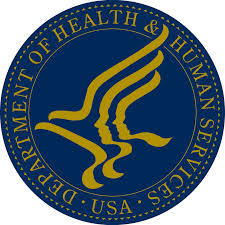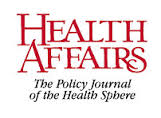PA Submits Medicaid Plan to Feds
Yesterday the Corbett administration submitted a waiver application to the federal government requesting permission to expand the state’s Medicaid program as described in its “Healthy Pennsylvania” proposal.
The Pennsylvania proposal seeks to vary from the approach taken by most states expanding their Medicaid programs in accordance with the Affordable Care Act by directing the expansion population into private health insurance plans.
 A draft waiver application, released in December, was the subject of public hearings throughout the state. The Safety-Net Association of Pennsylvania (SNAP) testified at one of those hearings and also submitted detailed written comments about the proposal; both can be found here.
A draft waiver application, released in December, was the subject of public hearings throughout the state. The Safety-Net Association of Pennsylvania (SNAP) testified at one of those hearings and also submitted detailed written comments about the proposal; both can be found here.
The state’s waiver application, the December draft application, a summary of the application, and the written and oral comments about the proposed application submitted by interested parties can be found here, on the Pennsylvania Department of Public Welfare’s web site. Learn more about the proposal’s submission to the federal government and where it goes from here in this Ellwood City Ledger article and the reaction of some elected officials to the submission here.
.






